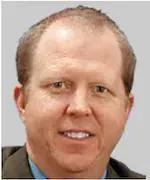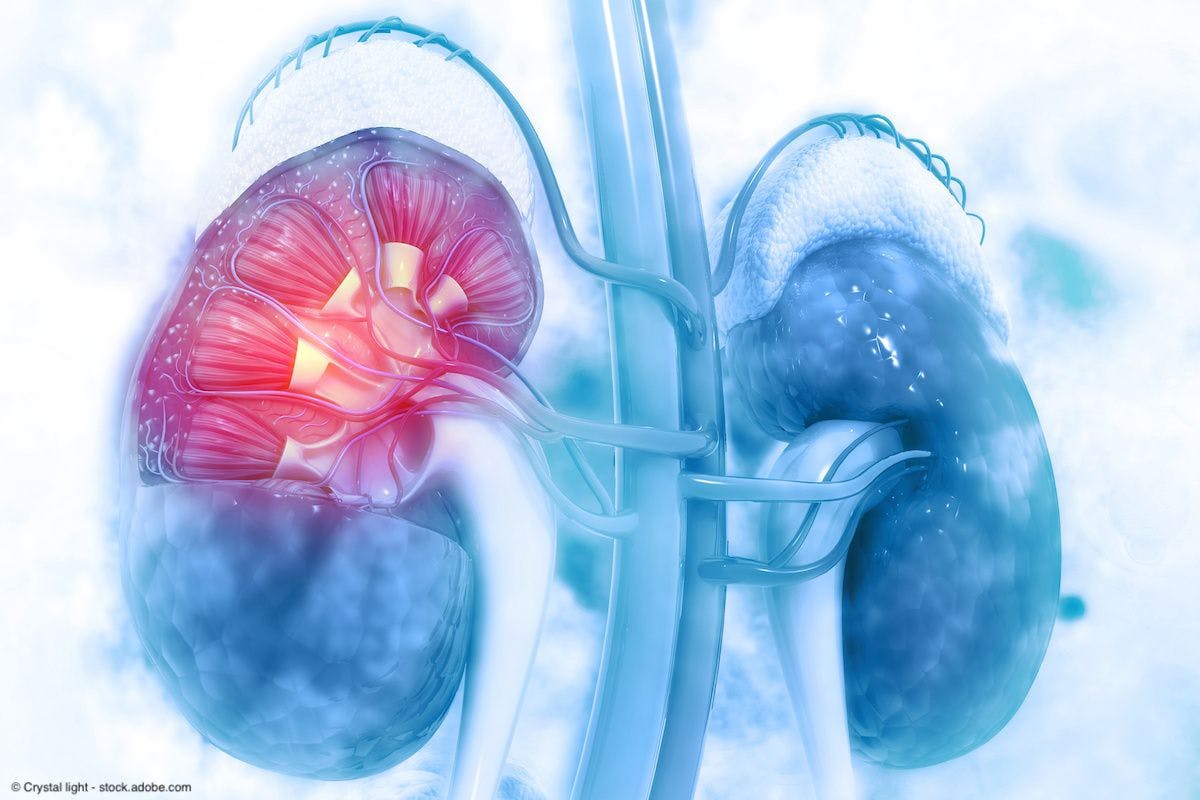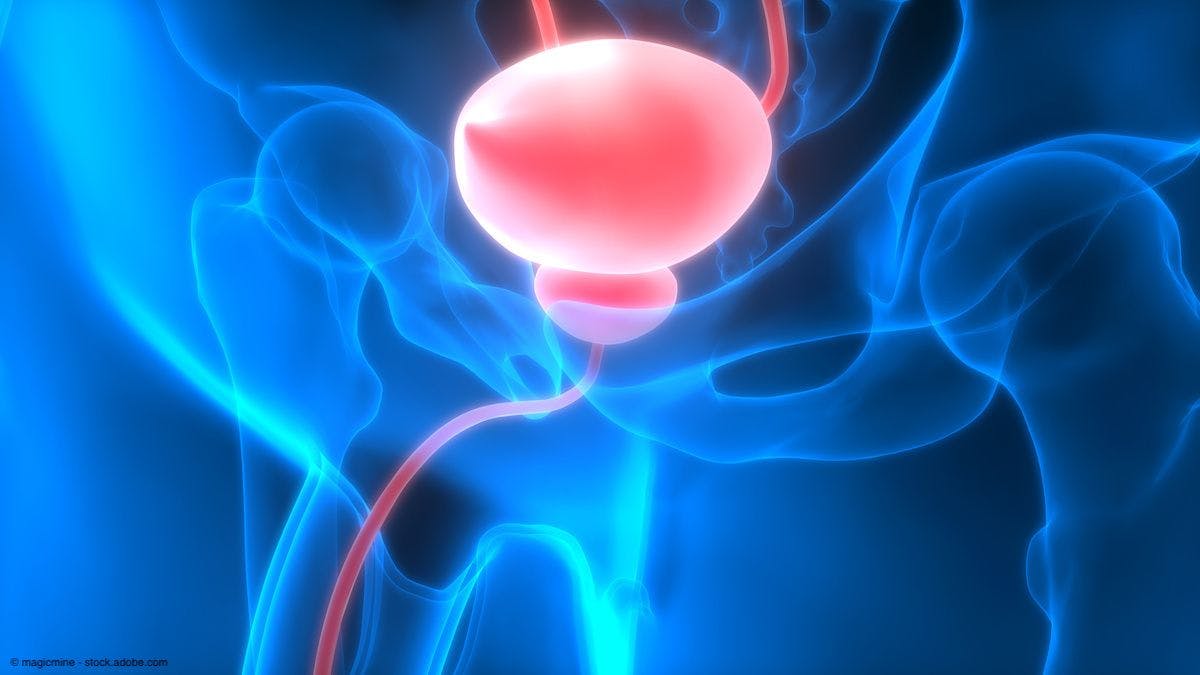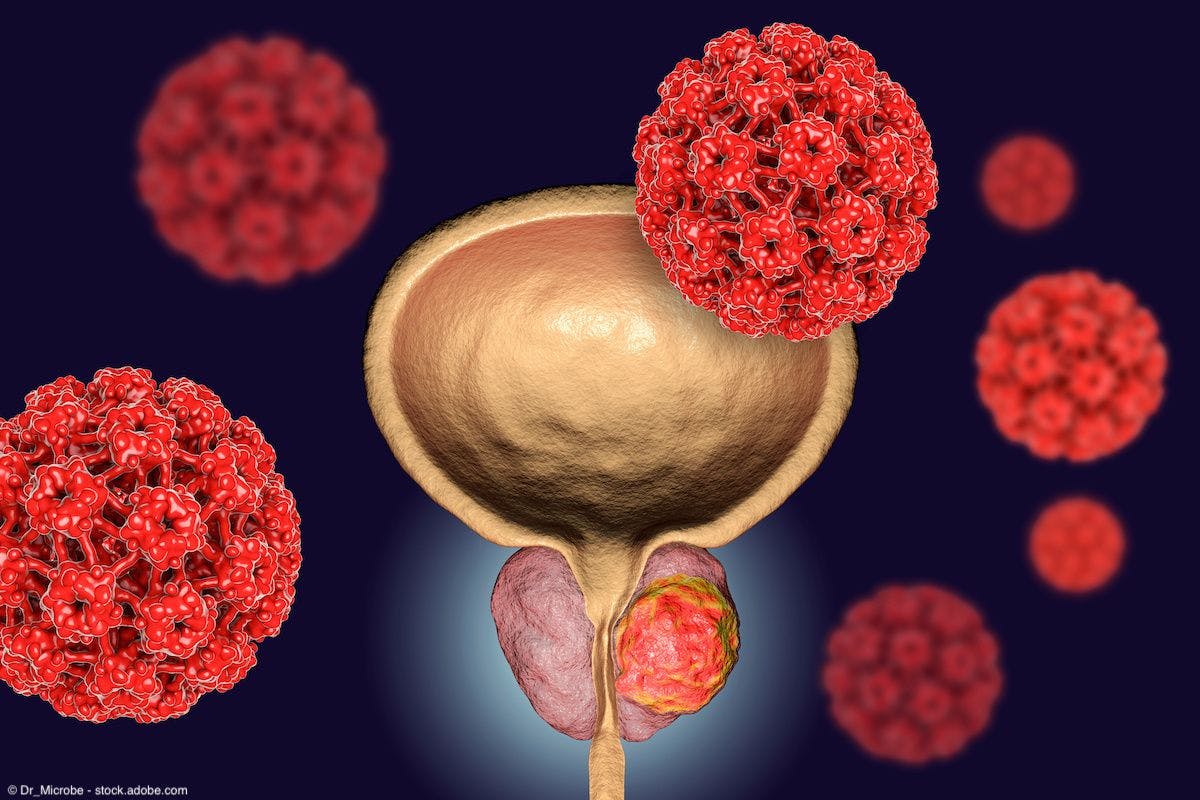Commentary
Article
Urology Times Journal
How to bill for performing complex urodynamics
Author(s):
"To answer this question, one must know what is and is not included in the global payment for the UDS, and the definition and instructions for appropriate use of modifier 25," write Jonathan Rubenstein, MD, and Mark Painter.
Jonathan Rubenstein, MD

My coding team is telling me I cannot bill an evaluation and management (E/M) service for the same diagnosis for which I am billing urodynamics (UDS). This makes sense to some extent, but what if I spend 30 minutes interpreting and documenting a complex UDS and coordinating care for that diagnosis, schedule a surgery for that diagnosis, and prescribe medication for that diagnosis?I know if I do these activities for another diagnosis, I can code an E/M service for the visit.
To answer this question, one must know what is and is not included in the global payment for the UDS, and the definition and instructions for appropriate use of modifier 25.
Mark Painter

As you may recall, we have to check 2 sources to determine whether reporting of an E/M service on the same date as the procedure is allowed and whether a modifier is required. The first is the global period assigned to the other services reported on the same date (UDS CPT codes), and the second is the National Correct Coding Initiative (NCCI) bundling edits. If you review the UDS global periods, we have several depending on what type of UDS was provided. Codes 51726, 51727, 51728, 51729, and 51792 all have 000 global periods. Codes 51736, 51741, 51784, 51785, and 51798 have XXX global periods. Code 51797 has a global period of ZZZ. For those cases in which any code with a global period of 000 are reported, the E/M service will require modifier 25 to be processed and reimbursed.
Codes 51736, 51741, 51797, and 51798 do not have NCCI edits for E/M services. Therefore, modifier 25 is not required for an E/M code to be processed and reimbursed. Codes 51784 and 51785 have NCCI edits related to E/M codes and will require modifier 25.
If any code reported would cause a denial of the E/M code without modifier 25, then modifier 25 would be required for that date of service. In short, the vast majority of UDS cases will require modifier 25 appended to the E/M code for payment if provided on the same date.
In deciding when to include an E/M visit on the same date as UDS, you must remember that providing and interpreting the test are a part of the global for the UDS codes. Time spent in these efforts is not separately billable. Coordinating care, establishing a plan of care, and/or communicating this to the patient are not a part of the UDS global. These services should be separated from the other services provided and clearly support the medical effort and necessity in your documentation. These separately documented and significant services can be reported under an appropriate E/M code with modifier 25 with either a different diagnosis or the same diagnosis.
Your coding team seems to be experiencing a problem with some payers that is very common. We have many payers that are not appropriately following the guidance from the American Medical Association (AMA) or the billing guidelines published by Medicare that clearly indicate that modifier 25 does not require a different diagnosis code. As this issue is common, it is important to coordinate with your billing team and understand that appealing these incorrect denials costs time and is not always successful in low-level appeals. Balancing what should be done and what can be done is a business decision that will have to be made. It is our recommendation that you bill appropriately based on the contract you have agreed to with each payer and further recommend that you push to ensure your payers are also complying with the contract.
When discussing this with your billing staff you can point to the modifier -25 definition which includes following: “The E/M service may be prompted by the symptom or condition for which the procedure and/or service was provided. As such, different diagnoses are not required for reporting of the E/M services on the same date. This circumstance may be reported by adding modifier 25 to the appropriate level of E/M service.”1
For your billing staff to provide to payers you can also reference the Medicare Carriers Manual Chapter 1230.6.6 - Payment for Evaluation and Management Services Provided During Global Period of Surgery: “A/B MACs (B) pay for an E/M service provided on the day of a procedure with a global fee period if the physician indicates that the service is for a significant, separately identifiable E/M service that is above and beyond the usual pre- and post-operative work of the procedure. Different diagnoses are not required for reporting the E/M service on the same date as the procedure or other service. Modifier -25 is added to the E/M code on the claim.”2
We also recommend reading the AMA article “Setting the record straight on proper use of modifier 25” for further guidance on use of modifier -25 for you and the coding team.3
One other point: Please remember that the statement “I know if I do these activities for another diagnosis I can code an E/M service for the visit” should be read with caution. It would not be appropriate to address and manage a different diagnosis on the same date and time if it was not medically necessary to do so, and to add another diagnosis for the sake of being able to report an E/M service in addition to a procedure. That would be considered upcoding.
REFERENCES
1. American Medical Association. Reporting CPT modifier 25. Accessed March 14, 2024. https://tinyurl.com/2snhtkzc
2. Centers for Medicare & Medicaid Services. Medicare Claims Processing Manual Chapter 12 - Physicians/Nonphysician Practitioners. January 18, 2024. Accessed March 14, 2024. https://tinyurl.com/5ye2yy23
3. Robeznieks A. Setting the record straight on proper use of modifier 25. American Medical Association. August 17, 2023. Accessed March 14, 2024. https://tinyurl.com/3daaruuw
Send coding and reimbursement questions to Jonathan Rubenstein, MD, and Mark Painter c/o Urology Times®, at UTeditors@mjhlifesciences.com.
Questions of general interest will be chosen for publication. The information in this column is designed to be authoritative, and every effort has been made to ensure its accuracy at the time it was written. However, readers are encouraged to check with their individual carrier or private payers for updates and to confirm that this information conforms to their specific rules.

Newsletter
Stay current with the latest urology news and practice-changing insights — sign up now for the essential updates every urologist needs.






























